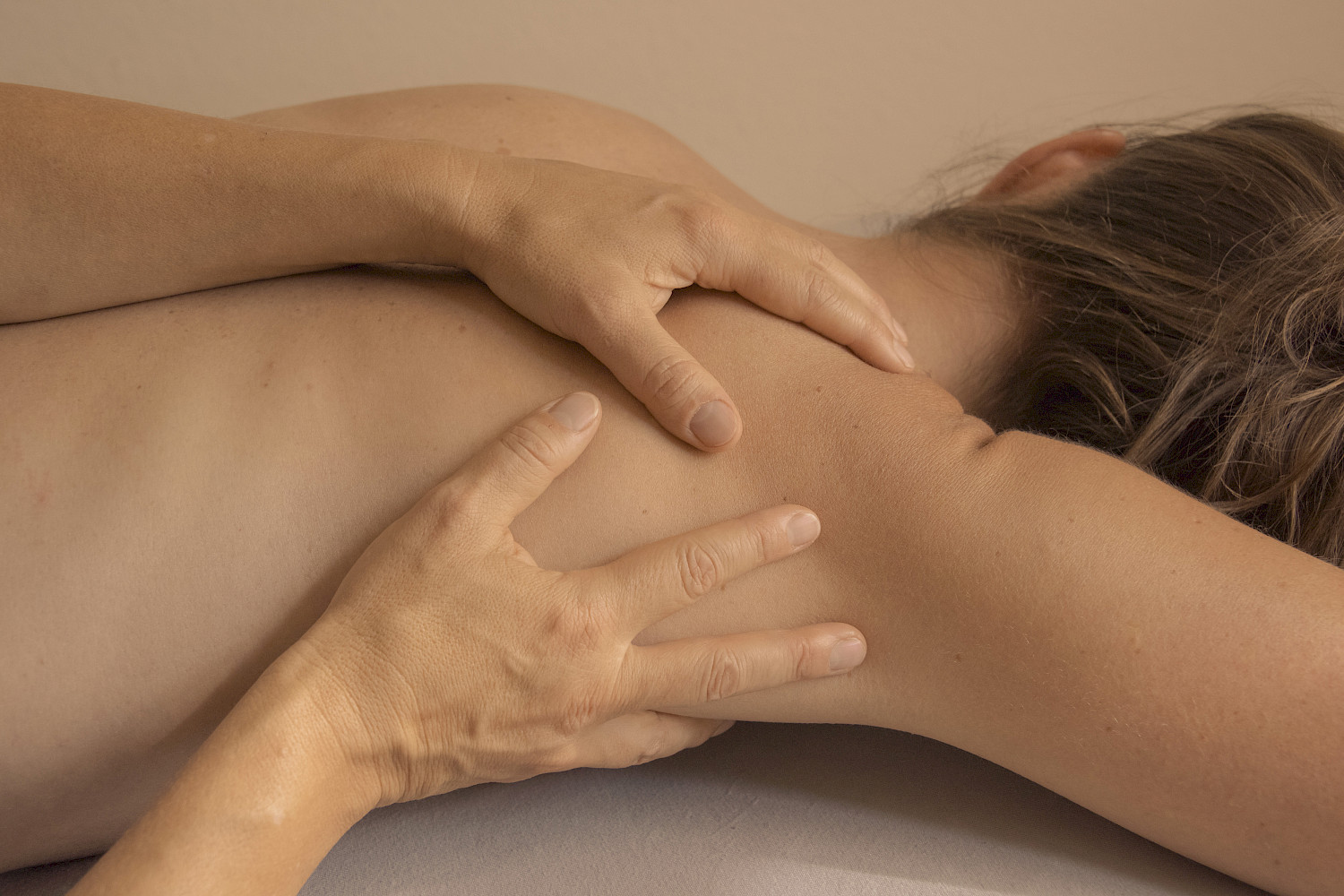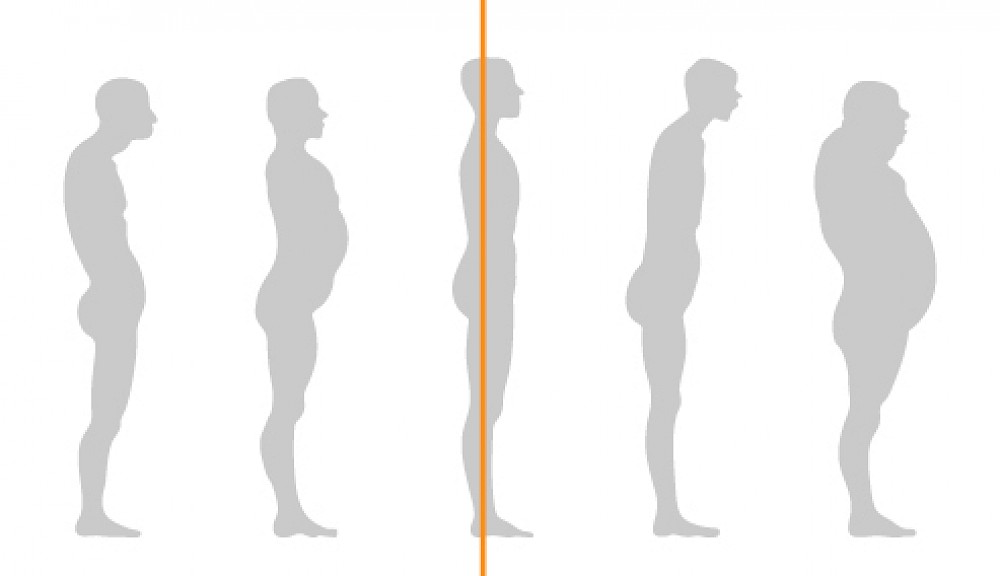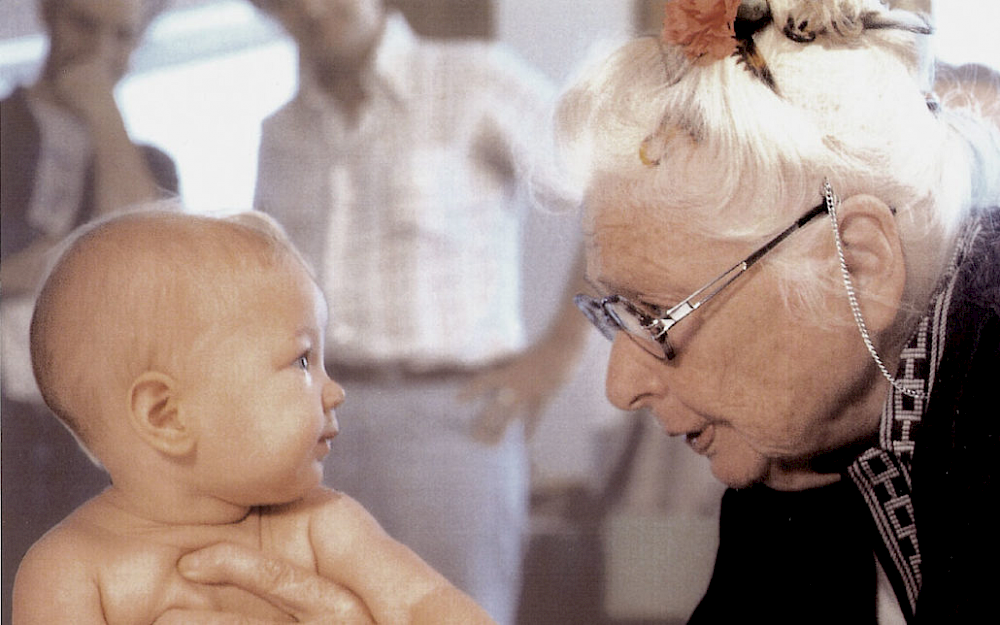A Rolfing treatment covers about ten sessions, which last approximately one hour each and are carried out at an interval of one to four weeks.
The number of sessions varies from person to person, depending on the client’s personal goals. If a client mainly wants to get rid of tensions, one to three meetings may suffice. For those who are looking for more sustainable changes of the body structure as well as of the mental state and general wellbeing, the process requires more time.
During a session the client is in a lying, sitting or standing position. The structure of the body achieves better balance step by step throughout the process, as each session builds up systematically on the previous session.
To offer the best possible support to each client, the Rolfer always searches for individual solutions. Exploring everyday movements during the sessions allows clients to apply what they have learned in their daily life.
Rolfing requires active cooperation between the client and the Rolfer. A prerequisite for success is the readiness to explore one’s own body and its movement, and an active openness to discover different ways to work with one’s own body. The Rolfing process also enriches one’s capacity for perception, which is internalized and awakened.




